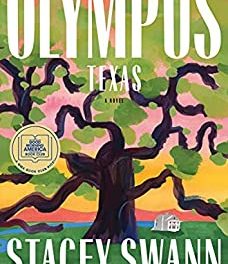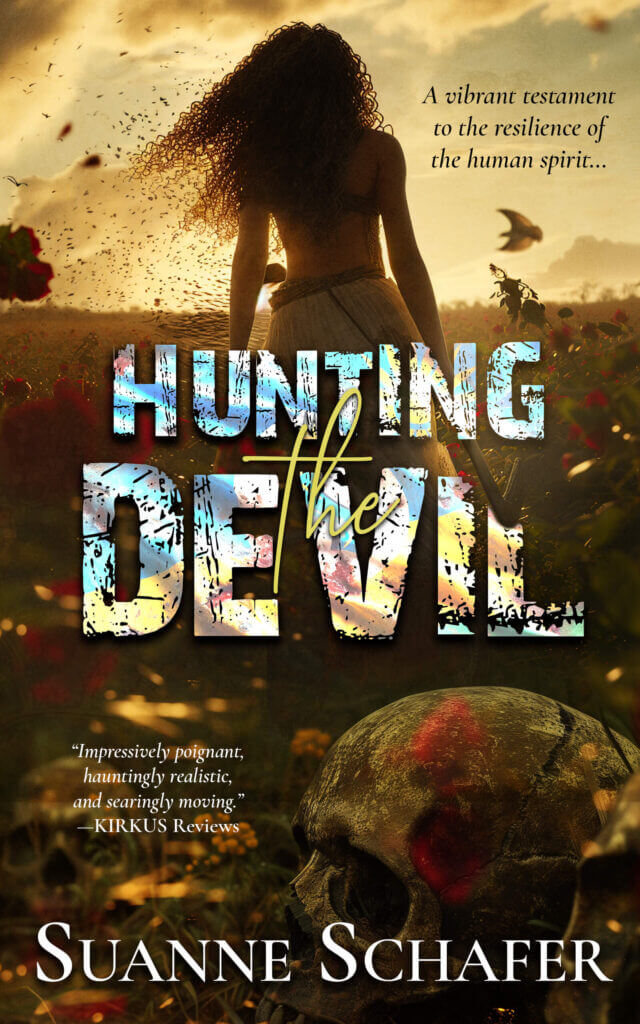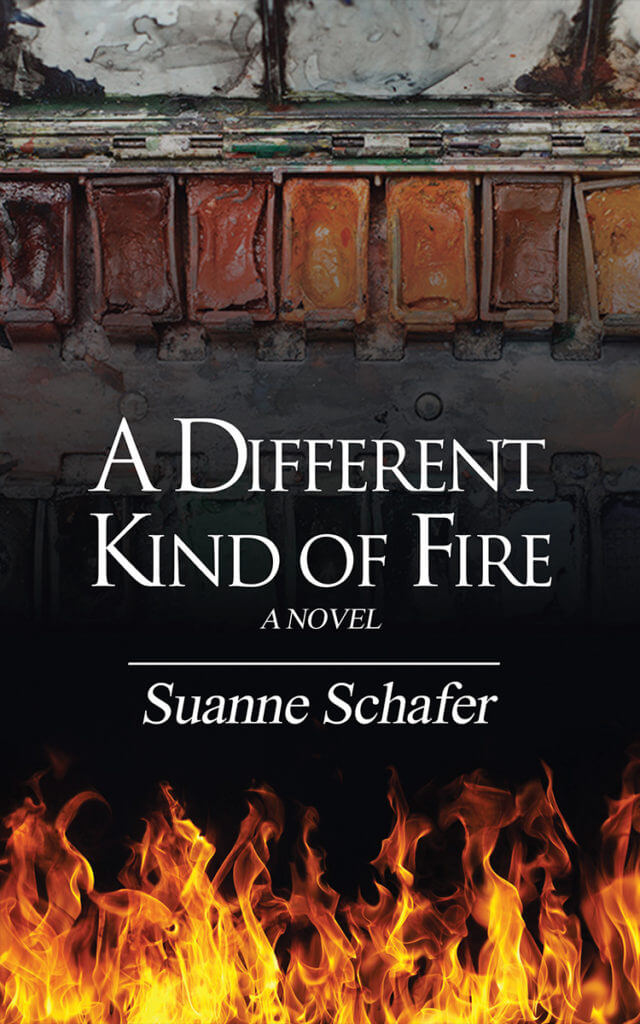As a writer, I’ve done some research on the American Gilded Age and the World’s Columbian Exposition Chicago World’s Fair of 1893 (the World’s Fair). Wisseman does an outstanding job blending exemplary research into a very dark alternate history fantasy, even mentioning that Buffalo Bill was denied a place there for his Wild West Show and had to arrange his show outside of the Fair itself. (The Columbian Exposition is a minor feature in my book, and Buffalo Bill’s performances in Philadelphia are a bigger part in my A Different Kind of Fire.)
In Witch in the White City, Neva, a black woman, is a dancer in a sideshow at the Fair in its Algerian Theatre. One day she looks up into the rafters and sees insects crawling everywhere—and dropping down on her. She’s bitten multiple times, resulting in strange marks rising on her skin. A Columbian Guard notices her rash and warns that people with similar sores have been murdered, but before they died, the victims lost their minds.
The Columbian Exposition was an illusion, covering the dire straits of the Panic of 1893, a depression that started in the middle of the United States and spread to the financial centers with banks failing. People stood in soup lines, while the rich partied at the Fair. Set at a time when the civil war remains a living memory, many white individuals still openly discriminate against nonwhites. Witch in the White City is a wild ride of suspense, magic, social corruption and history. It’s is an interesting mixture of facts strewn in a great deal of dark fantasy.
********************
Witch in the White City is available through Amazon.
********************
This post contains Amazon Affiliate links. As an Amazon Associate, I earn a small amount from qualifying purchases.













